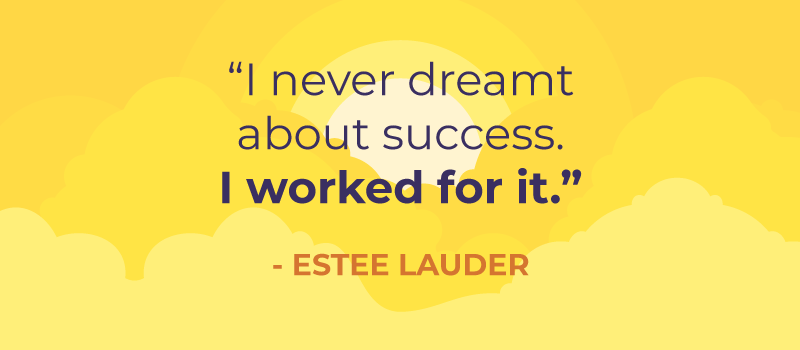
How To Master Leadership And Become An Engaging Leader?

Before you are a leader, success is all about growing yourself. When you become a leader, success is all about growing others. —Jack Welch
‘Lead by example’—have you encountered this term at your workplace often and wondered what it truly means? Being a leader in the corporate world can feel like being a captain at sea. It’s a fierce ride from steering team dynamics to navigating market changes, dodging financial boulders, and anchoring output!
Striving for excellence while balancing personal growth and well-being can be daunting. However, it’s essential for our own and the success of our teams and organizations.
A recent survey found that 60% of leaders believe that self-awareness is the most essential skill. Another study found that leaders who work on personal growth are more effective in their roles. While there is debate about which of the two works best, it is equally important to find your leadership style and implement it.
Why do Leadership Skills Matter?
Organizations with highly engaged leaders report up to 21% higher profitability and 17% higher productivity than those with disengaged leadership.
What Are Some Ways To Be An Engaging Leader?
- Guide Over Guru Approach: Empower your employees to take ownership of their projects and provide the support they need to succeed. Let them lead brainstorming sessions and discussions during team meetings while you facilitate and offer guidance. Be open to continuous learning and adaptation
- Appreciation and Gratitude Go a Long Way. Research states that 88% of employees receiving strong performance recognition are more likely to be innovative and proactive. Recognize and acknowledge hard work and contributions, celebrate successes to boost morale, and create a positive work environment. Host a team appreciation day to publicly recognize each employee’s contributions and achievements.
- Embrace Learning With Grace: Actively listening to people and trying to be an attentive leader, regardless of your familiarity with the topic, is crucial for good leadership. Understanding how your team members work enables you to identify their strengths and weaknesses and also introspect on your emotional intelligence, which is essential to foster a positive work environment.
- Proactively Plan Goal-Setting And Expectations: Regular catch-ups and discussions of goals, blockers, and the road ahead help build employee trust. People need to know precisely what they should do when it needs to be done and how you want them to accomplish the task, as this builds transparency, and there will be no communication gaps.
What Is A Leadership Manual And Why Does It Matter?
Whether you’re a checklist person or not, a leadership manual is your go-to guide for adopting leadership styles, mastering leadership, and being an engaging leader as your team grows. The idea is pretty old school, but you’ll be surprised by the productivity hacks it holds.
Leaders should create a short guide to their personality and work style so that their direct reports know how to work with them best. A well-implemented leadership manual can increase employee effort by up to 69% through structured feedback and recognition processes.
The manual can comprise what works best for you as a leader and how you approach things. Feedback and grievances help employees gauge you better and produce results effectively with minimal dependency or bottlenecks.
How Can Being An Engaging Leader Act As A Catalyst Of Change?
Leadership often involves high confidence and self-esteem, worrying about whether you’re doing it right, and continually searching for answers. 74% of employees believe compassionate leadership during crises helps maintain morale and productivity (CCL).
While there will always be a list of the best qualities in a leader to be an engaging leader, the top four include Trust, Compassion, Stability, and Hope.
Here are some ways:
- Enhancing Employee Engagement: Motivates employees to embrace and contribute to change by proactively applying values to their work without dependencies.
- Empowering Employees: Involving employees in decision-making fosters ownership and accountability, promoting transparency between management and employees. 81% of employees report a more substantial alignment with organizational values and a more cohesive work environment under compassionate leadership (SpringerLink)
- Modelling Desired Behaviors: Leaders exemplify their role as models, serving as sources of inspiration for their employees through their thoughtful and impactful actions.
It can be challenging at times because there is no blueprint for success. However, incorporating these leadership habits will ultimately lead to more successful organizations. A humble and engaging leader is not about being lenient, weak, or passive. It’s about being a strong leader who values their team and is willing to learn and grow alongside them.
If you’ve been meaning to change your leadership style and become a pro at it by incorporating empathy, our experts can help you do so. Click here to learn more about the awesome work we do at YourDOST!







